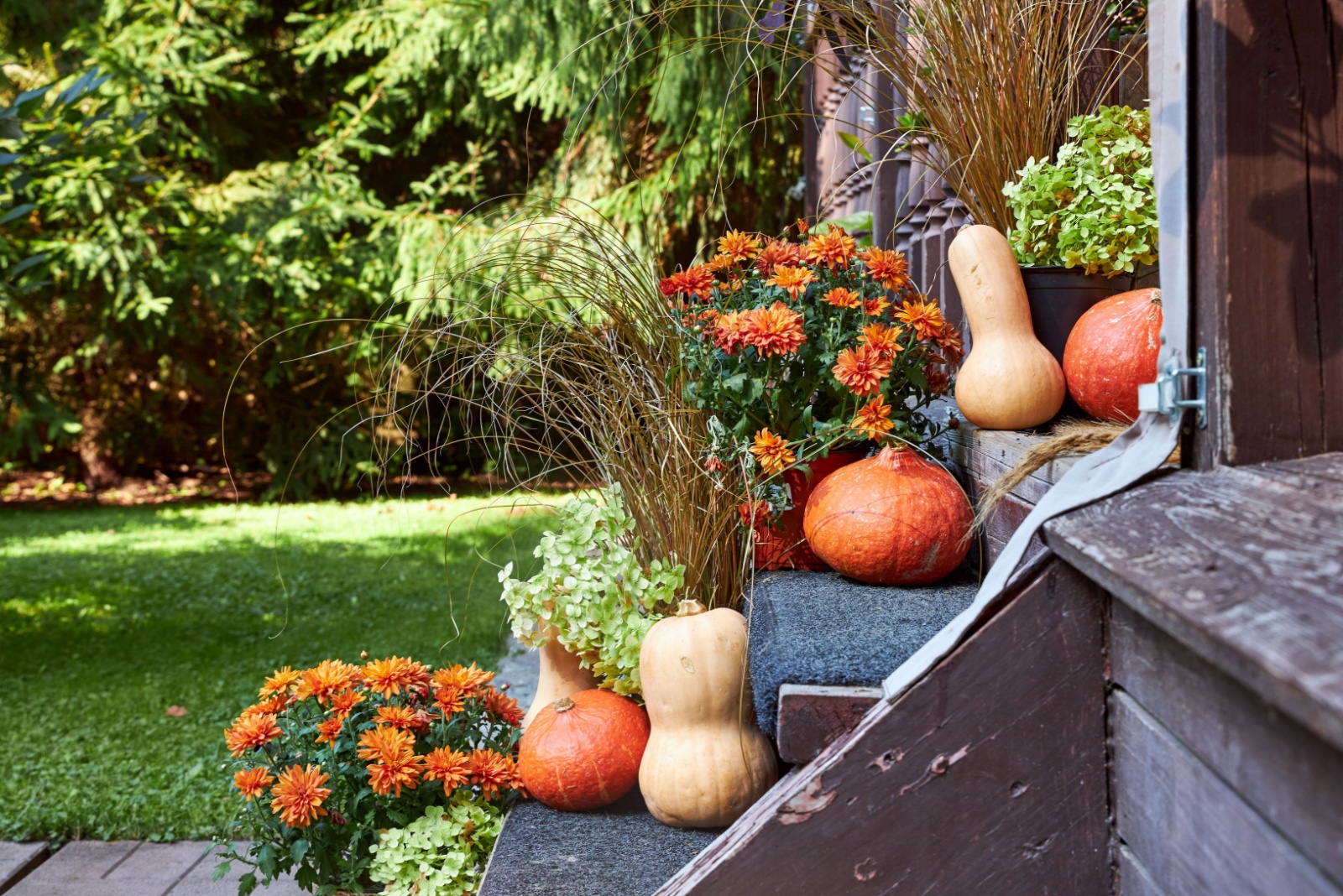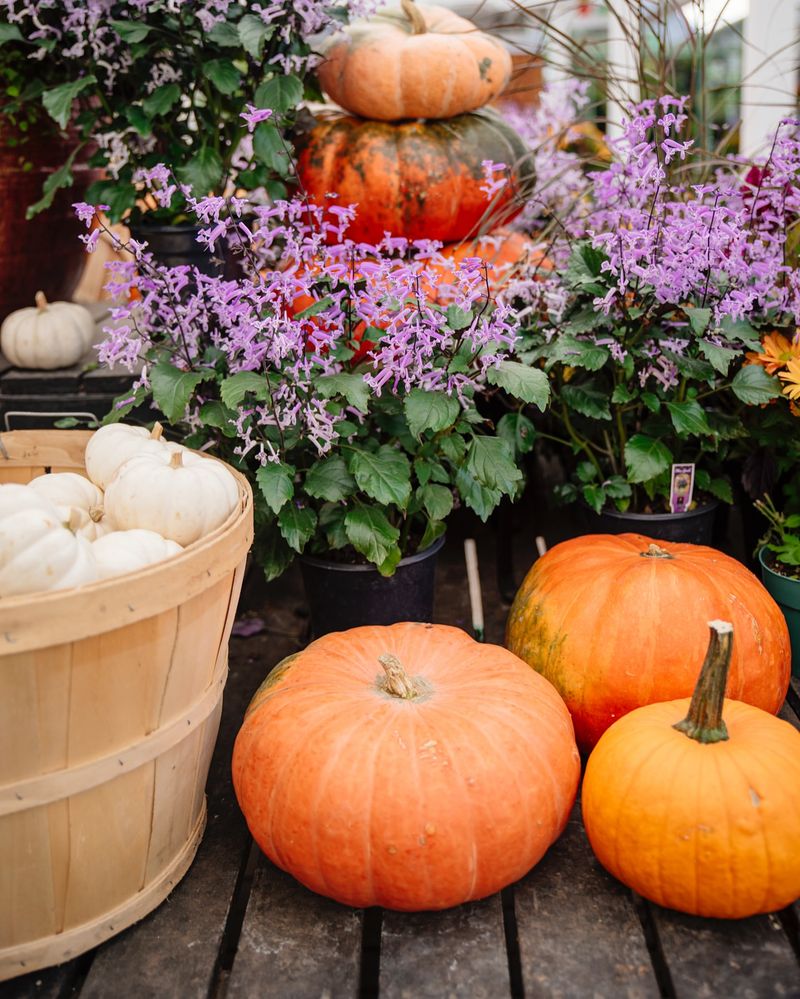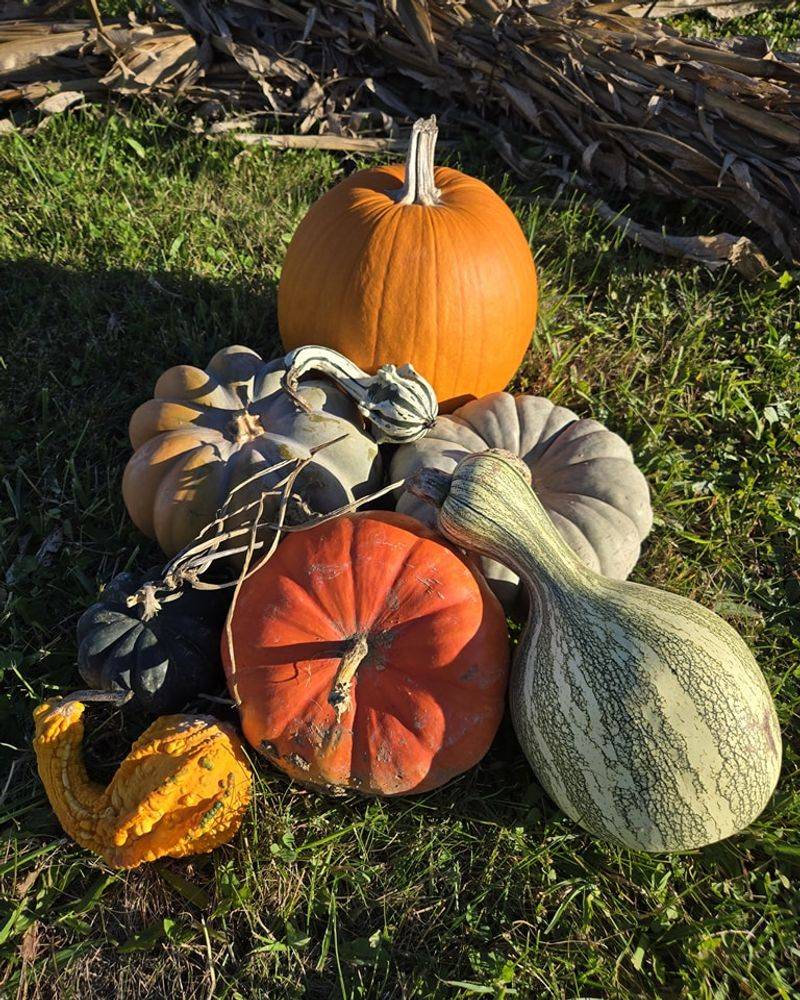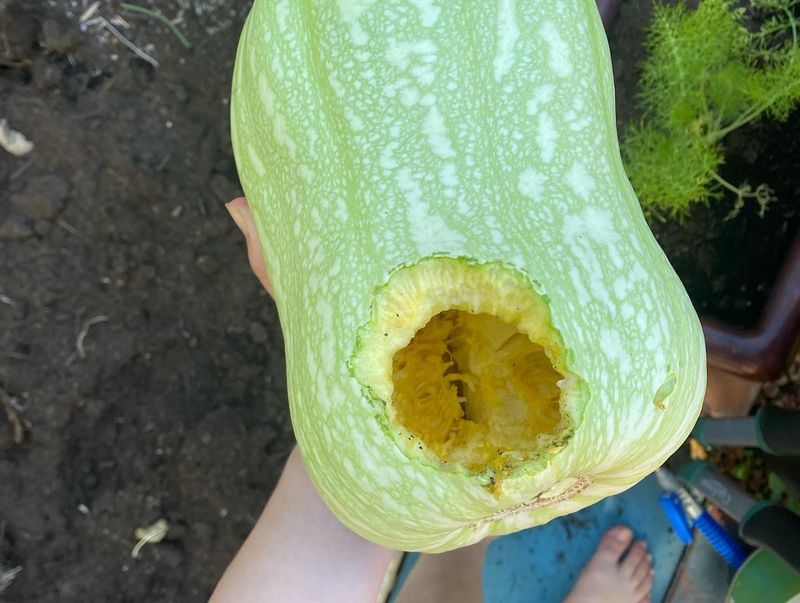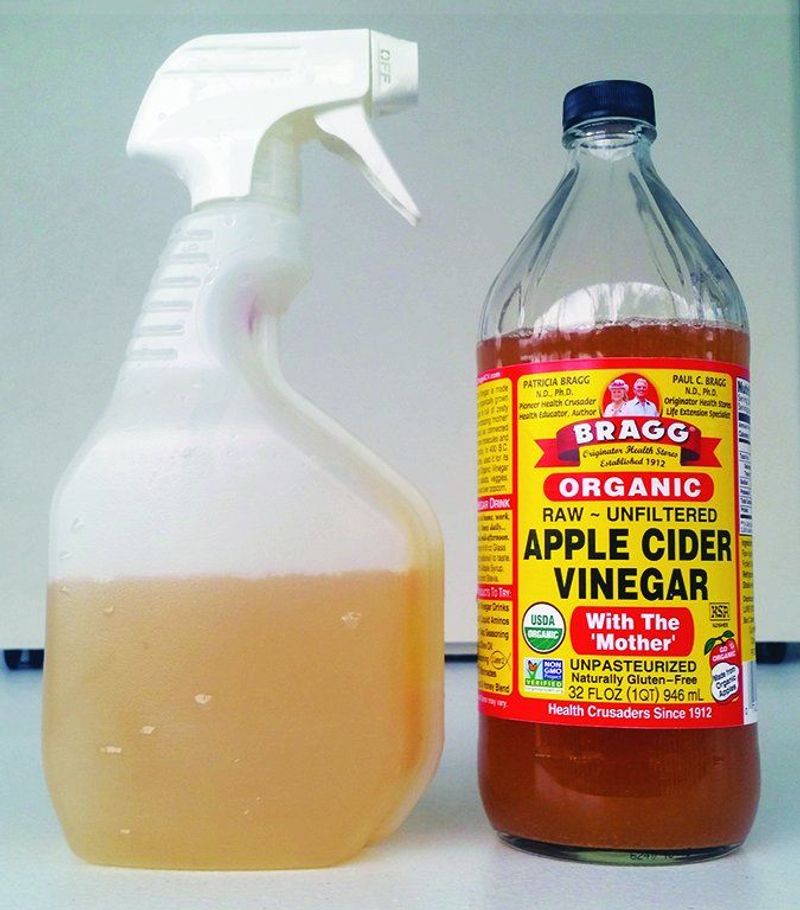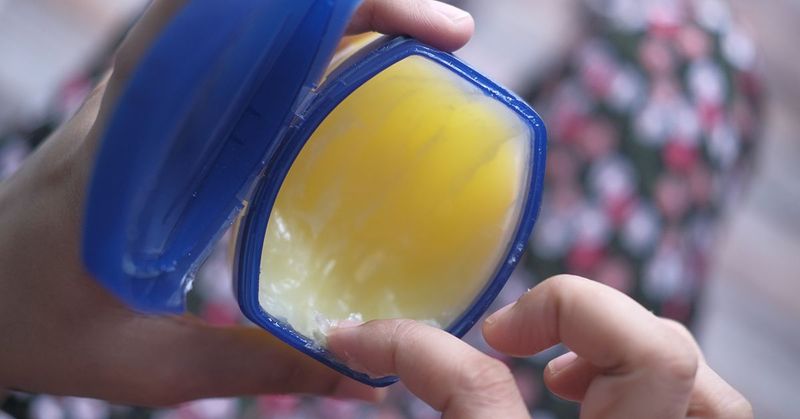Fall in Kentucky is all about vibrant leaves and festive porch displays, especially those cheerful pumpkins. But as charming as they look, they’re often too tempting for local wildlife. Deer, squirrels, and raccoons see them as an open buffet.
If you’ve ever woken up to half-eaten gourds, you’re not alone—it’s a common autumn frustration. Luckily, there are easy ways to keep your pumpkins safe without ruining the seasonal vibe. A few clever tricks can make all the difference.
From natural repellents to strategic placement, protecting your porch pumpkins doesn’t have to be a hassle. With a little effort, you can enjoy your fall decorations without turning them into critter cuisine.
1. Spray Pumpkins With Homemade Pepper Solution
Nothing deters hungry critters faster than a spicy surprise! Mix cayenne pepper, paprika, and a few drops of dish soap with water in a spray bottle. Coat your pumpkins thoroughly, focusing on bite-prone areas.
Kentucky’s abundant wildlife – especially deer – absolutely hate the taste and smell of spicy substances. The capsaicin in peppers irritates their sensitive noses and mouths.
Reapply every few days or after rain. For extra protection, sprinkle additional cayenne around the base of your pumpkins to create a spicy barrier that wildlife won’t cross.
2. Surround Pumpkins With Protective Plants
Create a natural fortress around your pumpkins using plants that animals avoid. Marigolds, mint, lavender, and rosemary make excellent protective companions that thrive in Kentucky’s fall climate.
The strong scents these plants produce mask the tempting aroma of pumpkins. As an added bonus, many of these herbs can be harvested for cooking or making fragrant potpourri for your home.
For maximum effectiveness, plant in containers that can be positioned strategically around your porch display. Mint spreads aggressively, so keeping it contained prevents it from taking over your garden beds.
3. Apply Hair Spray Coating
Strange as it sounds, ordinary hairspray creates an unappetizing barrier between hungry critters and your pumpkins. A light coating makes the pumpkin surface less appealing without affecting its appearance.
Kentucky farmers have used this trick for generations to protect various crops from wildlife. The sticky texture and chemical taste deter animals without harming them or damaging your seasonal decor.
For best results, spray evenly across the entire surface and allow to dry completely before placing on your porch. This method works particularly well against squirrels, which are notorious pumpkin nibblers throughout the Bluegrass State.
4. Elevate Your Pumpkin Display
Raccoons, possums, and ground-dwelling critters have trouble reaching elevated displays. Place your pumpkins on tall plant stands, hang them in macramé holders, or arrange them on porch railings to keep them out of reach.
Many Kentucky homeowners get creative with tiered displays using old ladders, barrels, or vintage furniture. Not only does this protect your pumpkins, but it also creates a more visually interesting autumn arrangement.
Remember that squirrels can climb, so combine this method with other deterrents if these acrobatic rodents are common in your Kentucky neighborhood. Adding some cedar blocks nearby helps too, as squirrels dislike the smell.
5. Cover Pumpkins With Predator Urine
Kentucky hunting supply stores sell predator urine (typically fox or coyote) that creates an invisible barrier of fear around your pumpkins. Animals avoid areas where they smell predators lurking nearby.
Apply small amounts around your display, not directly on pumpkins. The scent is undetectable to humans from a distance but sends a powerful warning signal to wildlife that would otherwise feast on your decorations.
Many Kentucky gardeners swear by this method for protecting not just pumpkins but entire vegetable gardens. Reapply after rain or every 7-10 days to maintain the protective effect throughout the season.
6. Coat With Vinegar-Based Repellent
Kentucky garden experts recommend vinegar as a natural wildlife deterrent. Mix equal parts white vinegar and water with a tablespoon of dish soap in a spray bottle and thoroughly coat your pumpkins.
The strong smell overwhelms animals’ sensitive noses, making your porch pumpkins much less appealing. Unlike commercial repellents, this solution is non-toxic and safe for homes with pets and children.
For enhanced effectiveness, add crushed garlic to the mixture and let it steep overnight before straining and spraying. The combination of vinegar and garlic creates a powerful odor barrier that most Kentucky wildlife won’t cross.
7. Apply Petroleum Jelly Barrier
Kentucky gardeners have discovered that coating pumpkins with a thin layer of petroleum jelly creates a slippery, bad-tasting barrier that deters most wildlife. Focus application on the stem and bottom areas where animals typically begin feeding.
The petroleum jelly also has the added benefit of sealing in moisture, helping your pumpkins last longer through Kentucky’s fluctuating fall temperatures. This method is especially effective against smaller pests like squirrels and chipmunks.
For extra protection, mix the petroleum jelly with a small amount of cayenne pepper before applying. The combination creates both a physical and taste barrier that few creatures will attempt to overcome twice.

